Commodore TV Game Model 3000H (Pong Clone)
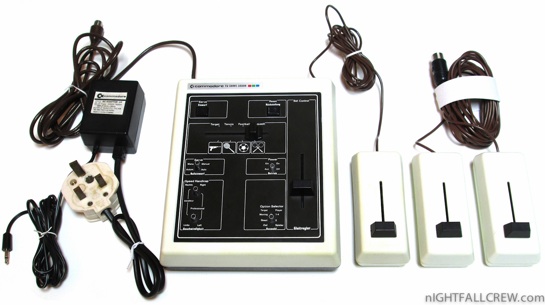
I thank my friend Giacomo Vernoni for having given me this console that i was looking for a long times. This the link of the Giacomo blog where you can find a complete review of this console with some beautiful photos.
Gallery:
Following Commodore’s acquistion of MOS technologies (famous for producing the later 6502 chip for the PET), the Pong-like TV Game consoles 2000K and 3000H made their appearance.
The 3000H console features two paddles (sliders), one internal and one connected by wire (with 2 additional optional sliders); 9VDC or battery power (6 AA batteries required, yes it can run on batteries!). It generates its own sound with the built-in speaker and can play 4 games: Tennis, Target (with an optional light gun), Football and Squash. There is also a gage for difficulty level (handicap), and another for the number of players and other settings.
The cool thing is that the core chip, the MOS 7601 (the last of MOS’s Pong-chip line) read game instructions from a special ROM which appears to be internal to the chip, making it stand out from the other Pong-clones that had the game hard-coded into the system’s logic
However, because graphics and sound are also generated directly by the 7601 and are hardwired into the chip’s logic, it meantthat special variants had to be created if a special display was required for an arbitrary application. Thus, the 7601 in the TV Game series, while being programmable in a crude sense, is hardwired to generate the graphics for the TV Game series’ internal games only and cannot be used into drawing other kinds of shapes.
Games available were the following four:
- Game mira (playable with an optional optical gun )
- Tennis
- Football
- Squash
source: computinghistory.org.uk















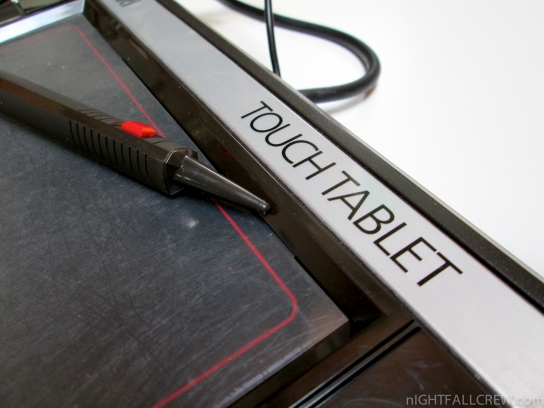





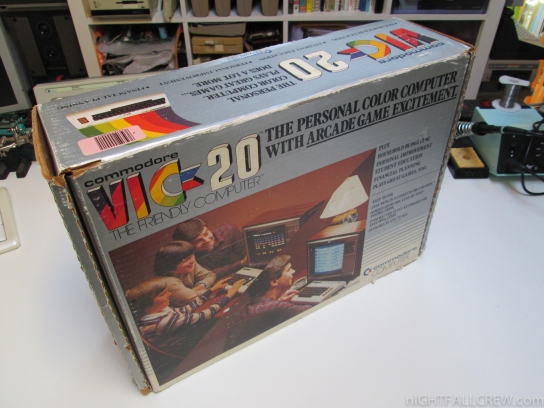















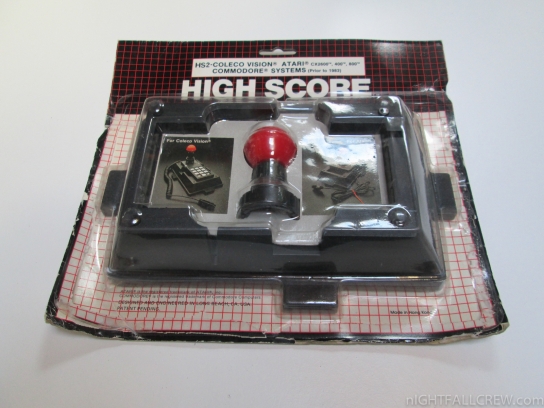






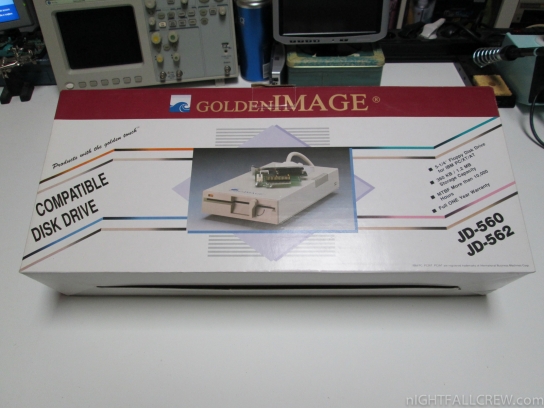








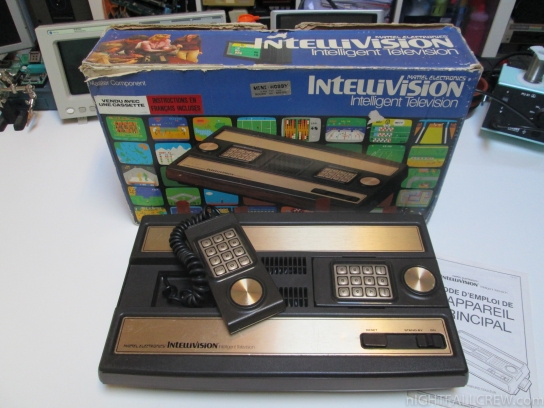









 The Intellivision is a video game console released by Mattel in 1979. Development of the console began in 1978, less than a year after the introduction of its main competitor, the Atari 2600. The word intellivision is a portmanteau of “intelligent television”. Over 3 million Intellivision units were sold and a total of 125 games were released for the console.
The Intellivision is a video game console released by Mattel in 1979. Development of the console began in 1978, less than a year after the introduction of its main competitor, the Atari 2600. The word intellivision is a portmanteau of “intelligent television”. Over 3 million Intellivision units were sold and a total of 125 games were released for the console.







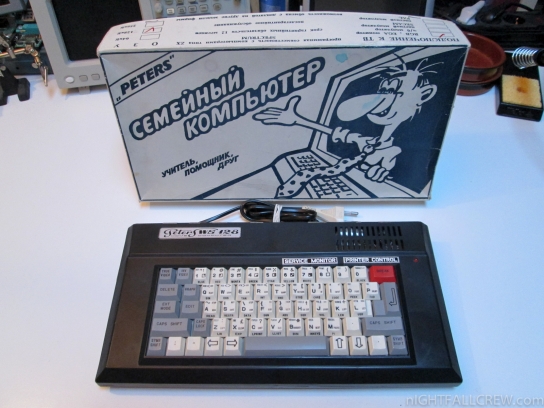















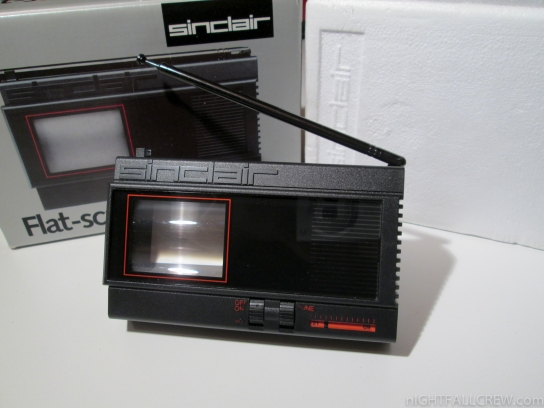
















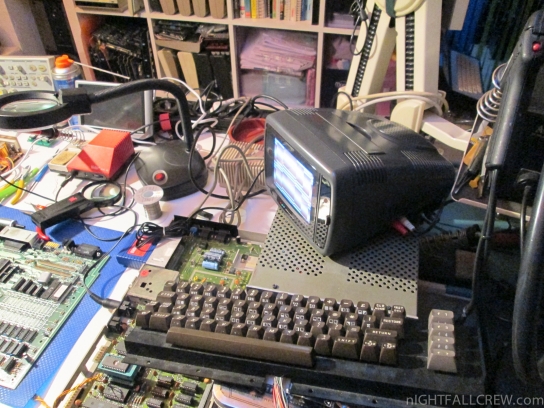















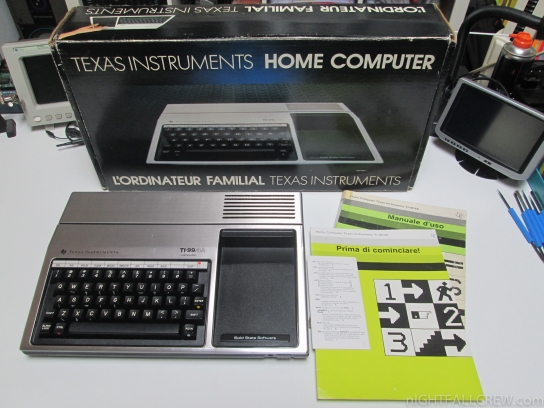
















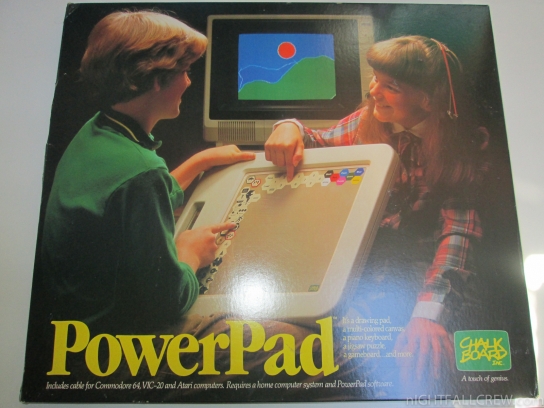


















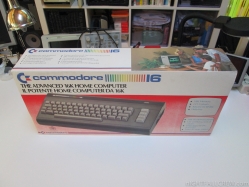















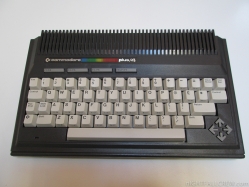















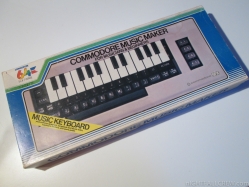










Recent Comments